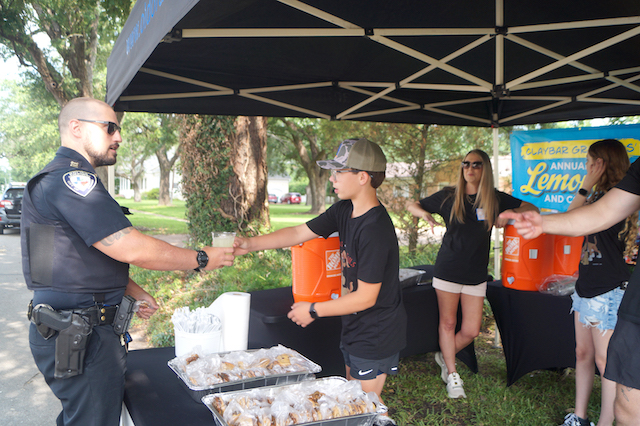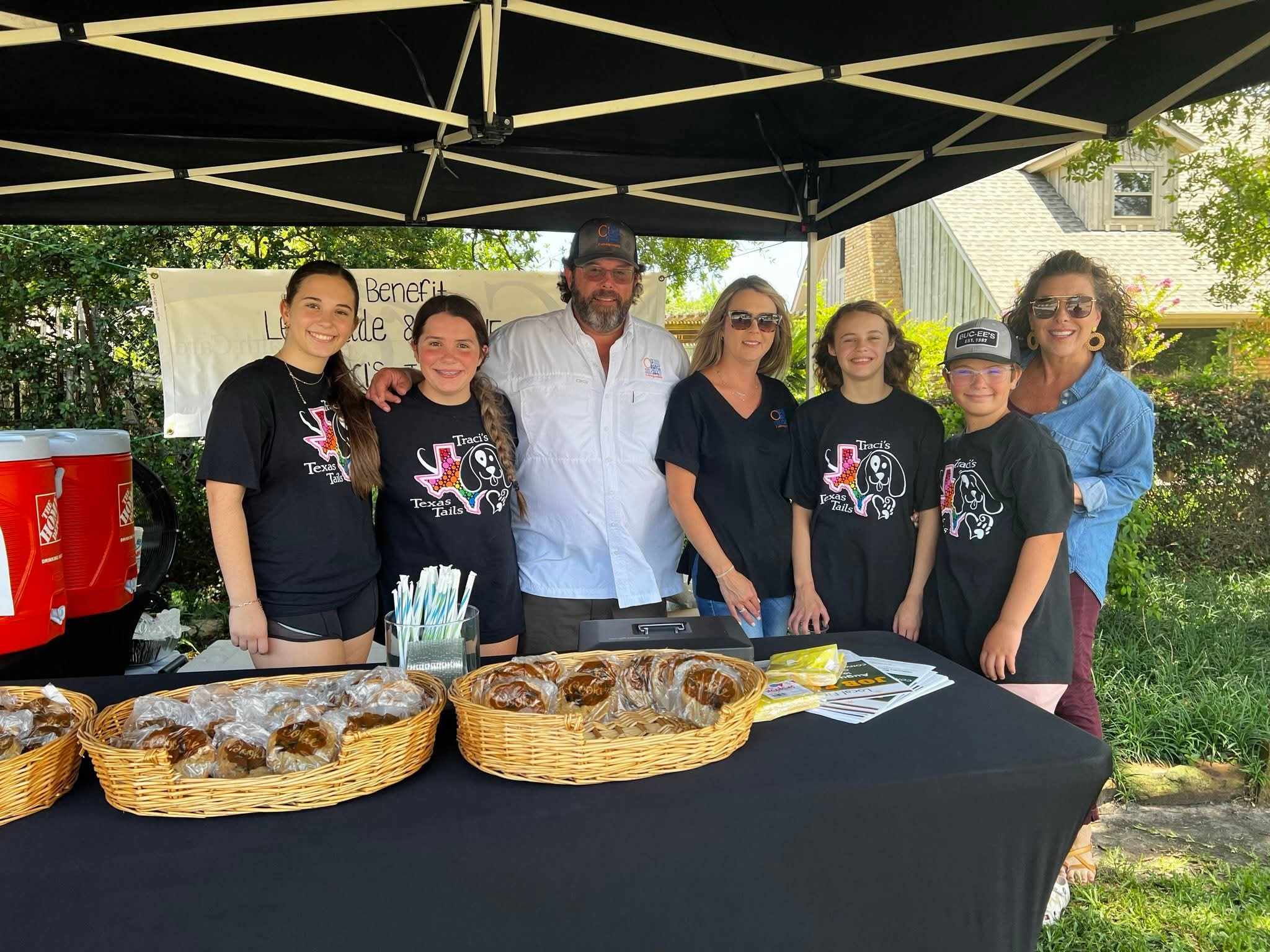PET TALK: The Remarkable Ruminant Digestive System
Published 10:58 pm Friday, August 9, 2019
Cows are notorious for chewing their cud, but did you know this is actually a key part of their digestive process? This chewing of the cud, also called “ruminating,” is one feature of an interesting and complex digestive system that allows cows to extract all of the necessary nutrients from their food.
Ruminants such as cattle, sheep, goats, llamas, alpacas, and white-tailed deer are mammals that have a multi-chambered stomach used to digest plant materials through fermentation.
Dr. Kevin Washburn, a professor of large animal internal medicine at the Texas A&M College of Veterinary Medicine & Biomedical Sciences, explains the features of the ruminant digestive system and how owners of these animals can provide a healthy, complete diet.
The four components of a ruminant’s stomach are the reticulum, rumen, omasum, and abomasum.
Food first travels to the reticulum to begin digestion and then to the larger rumen for more mixing and fermentation.
“The two biggest populations of microbes in the rumen and reticulum are bacteria and protozoa,” Washburn said. “Without these two populations, fermentation and digestion would be impossible.”
These microbes have the ability to digest many types of plant materials, from grass and leaves to a variety of grains.
“All of the bacteria and protozoa are necessary ingredients for the ruminant to make glucose, proteins, vitamins, and fat for itself,” Washburn said. “The very most unique thing is that ruminants can survive on grass and water alone.”
In order to get the most out of their food, ruminants spend a lot time chewing their cud, even up to eight hours a day in healthy animals.
“Cud is made up of some of the longer, tougher pieces of forage and serves as a means for the ruminant to ‘re-chew’ it to further aid digestion,” Washburn said.
After the rumen comes to the omasum, where the fermented food is filtered and turned into a mixture of small particles and fluid that then passes through to the abomasum.
“The abomasum is most like our stomach in that acid is produced here for digestion,” Washburn said. “This is the last portion the food passes through before going into the small intestine.”
After the food enters the small intestine, the ruminant digestive system resembles that of most other animals, with food continuing on to the large intestine for the last stage of digestion.
To ensure digestion is occurring as it should in each compartment, ruminant animals need to eat quality food that promotes a healthy digestive system.
“High-quality grass in the form of pasture or hay is vital to good ruminant health,” Washburn said. “In times when the grass is of lower quality or quantity, such as during winter, it can be supplemented with grains.”
He added that goats, in particular, tend to be “browsers,” feeding on leaves of bushes and trees for additional forage. Make sure that any plant material your animals have access to is non-toxic.
As with any animal, diet is an important feature of a cow, goat, or other ruminant’s overall health and wellbeing. Using their unique digestive system, these animals have found a way to get the most out of their food, while also maintaining a simple diet.
Pet Talk is a service of the College of Veterinary Medicine & Biomedical Sciences, Texas A&M University. Stories can be viewed on the web at vetmed.tamu.edu/news/pet-talk. Suggestions for future topics may be directed to editor@cvm.tamu.edu.






